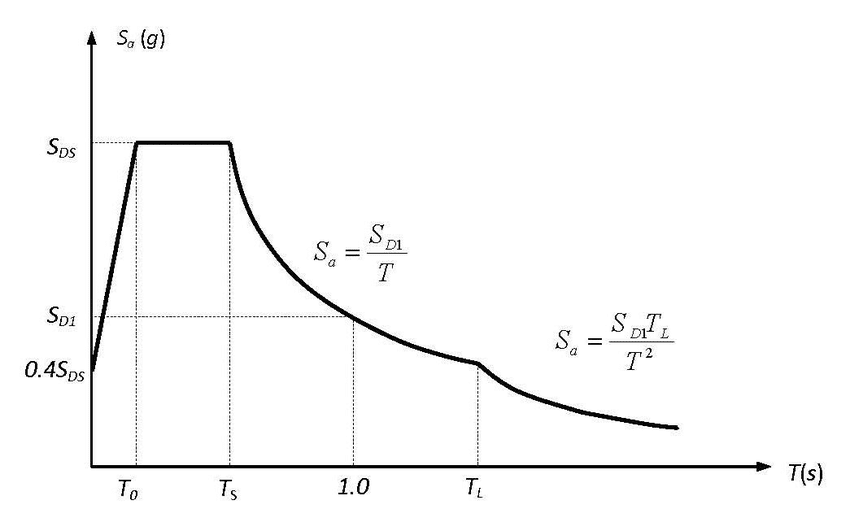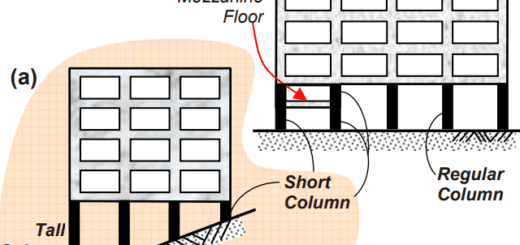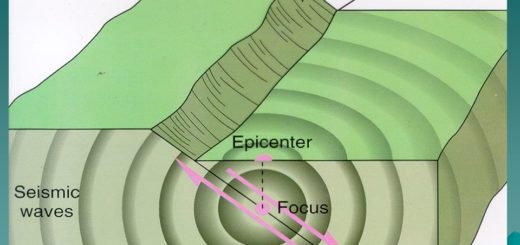Response Spectrum: Structural Dynamics
In the vast realm of structural engineering and seismic analysis, one term that often takes center stage is the response spectrum. With its ability to provide valuable insights into structural response, it has become an indispensable element in the field. In this comprehensive article, we will delve deep into the nuances of the response spectrum, unraveling its intricacies and shedding light on its significance.
What is the Response Spectrum
At its core, the response spectrum represents the maximum response of a structure to different frequencies of ground motion. It is a graphical representation that showcases the relationship between the peak structural response and the corresponding input frequency. By plotting these values on a graph, engineers can gain a holistic understanding of how a structure will behave under specific seismic events.
How is the Response Spectrum Obtained
To obtain a response spectrum, several steps are involved.
- Firstly, a set of ground motion records, typically represented as acceleration time histories, is selected. These records can be derived from historical earthquakes or artificially generated through simulations.
- Next, each ground motion record is subjected to a structural analysis using numerical methods or computer simulations. The resulting peak responses are then extracted and plotted against the corresponding input frequencies, leading to the creation of the response spectrum curve.
Significance of the Response Spectrum
The response spectrum serves as a fundamental tool in earthquake engineering for several reasons. Firstly, it aids in the design of structures by providing valuable information about potential vulnerabilities and weaknesses. By analyzing the response spectrum, engineers can identify critical periods of resonance, where the structure is prone to amplified responses. Armed with this knowledge, appropriate design measures can be implemented to mitigate these risks effectively.
Additionally, the response spectrum is crucial for assessing the performance of existing structures. Through comparison with design criteria and codes, engineers can evaluate if a structure is capable of withstanding the expected ground motion. This assessment is especially vital for assessing the safety of older buildings or structures located in seismically active regions.
Components of Response Spectrum
The response spectrum consists of several key components that collectively define the structural response. These components include:
- Ground Motion
Ground motion represents the shaking of the earth caused by seismic events. It encompasses various frequency components, amplitudes, and directions, and serves as the input to the response spectrum analysis.
- Transfer Function
The transfer function characterizes the relationship between the input ground motion and the response of the structure. It considers the Dynamic properties of the structure, such as mass, stiffness, and damping are considered to find the amplification or attenuation of different frequency components.
- Response Acceleration
It is kind of a measure that the structure accelerates in response to ground shaking. It is a key parameter used in the response spectrum analysis and aids in identifying critical modes of vibration and potential structural weaknesses.
- Damping
Damping is the dissipation of energy induced from vibration of the structure. It is essential to consider damping effects in the response spectrum analysis to accurately capture the dynamic behavior of the structure.
Response Spectrum Curve
The response spectrum curve itself contains valuable information that aids in structural analysis. It consists of two distinct regions: the elastic range and the inelastic range. In the elastic range, the structure behaves linearly, experiencing responses directly proportional to the ground motion intensity. On the other hand, the inelastic range represents the point where the structure exceeds its elastic limit and begins to undergo nonlinear behavior, leading to amplified responses.
The shape of the response spectrum curve is influenced by various factors, including the characteristics of the ground motion, the natural frequency of the structure, and the damping ratio. By carefully analyzing the curve, engineers can identify the predominant frequencies that significantly impact the structural response.
The following figure indicates one similar kind of spectrum developed for the design and based on your area; this has to be developed.
Application of Response Spectrum Analysis
Response spectrum analysis finds wide application across various domains of engineering. It plays a vital role in the design and evaluation of structures in earthquake-prone areas. By considering the response spectrum during the design process, engineers can optimize the structural parameters and select appropriate materials to enhance the seismic performance.
Furthermore, the response spectrum aids in the development of seismic codes and standards. By studying the behavior of different structures under a wide range of ground motions, experts can refine and update existing guidelines, ensuring the safety of structures in the face of earthquakes.
Advantages and Limitations
The response spectrum approach offers several advantages in seismic analysis and design:
- It provides a comprehensive understanding of the structural response to a wide range of ground motion frequencies.
- It enables the identification of critical modes of vibration, allowing engineers to focus on the most vulnerable aspects of the structure.
- It allows for efficient optimization of structural parameters, such as stiffness and damping, to enhance seismic performance.
Limitations of response spectrum analysis:
- It assumes that the ground motion can be represented by a set of independent harmonic motions, which may not fully capture the complexity of real earthquake events.
- It does not account for the spatial variation of ground motion, which can significantly influence the structural response in certain situations.
Frequently Asked Questions
Q1. Can response spectrum analysis be applied to all types of structures? Yes, response spectrum analysis can be applied to a wide range of structures, including buildings, bridges, dams, and industrial facilities. However, the specific application and interpretation may vary depending on the structural type and purpose.
Q2. How accurate is response spectrum analysis in predicting the structural response? Response spectrum analysis provides a good approximation of the structural response to seismic forces. However, it is important to consider other factors, such as site-specific conditions and soil-structure interaction, to obtain a more accurate prediction.
Q3. Is response spectrum analysis only applicable to earthquakes? While response spectrum analysis is commonly used for earthquake engineering, it can also be applied to other dynamic loads, such as wind-induced vibrations or machinery-induced vibrations, to assess the structural response.
Q4. Can response spectrum analysis be used for nonlinear structural analysis? Response spectrum analysis is typically employed for linear structural analysis. For nonlinear analysis, more advanced techniques, such as time history analysis, may be necessary to capture the nonlinear behavior of the structure accurately.
Q5. How does response spectrum analysis contribute to building code requirements? Response spectrum analysis plays a significant role in the development of building codes and seismic design requirements. It helps establish guidelines for designing structures that can withstand the anticipated ground motions in specific regions.




